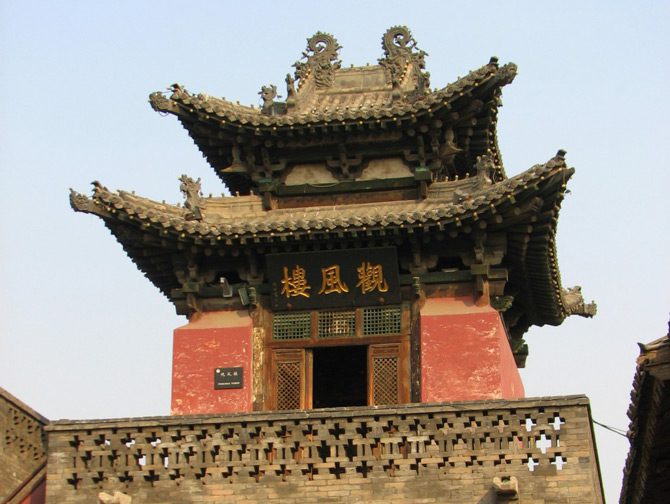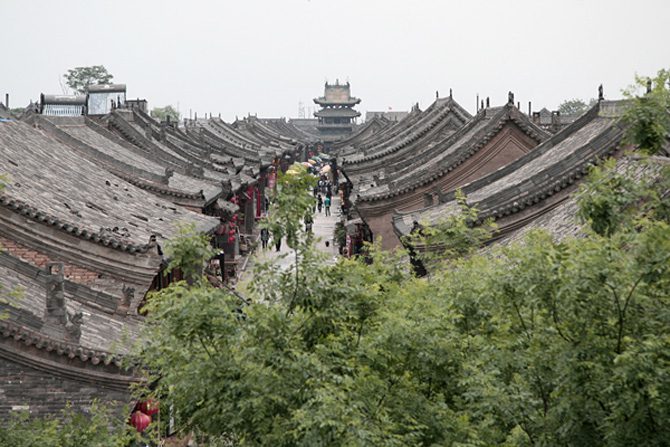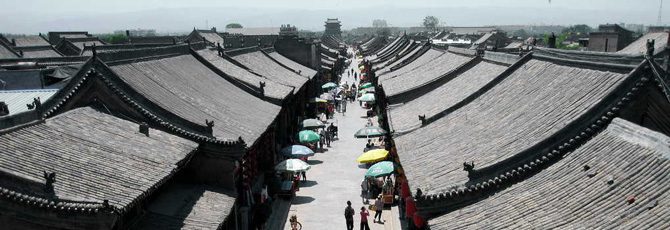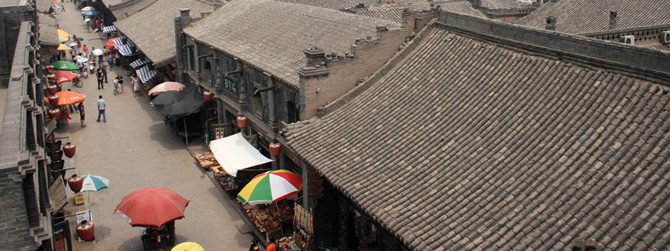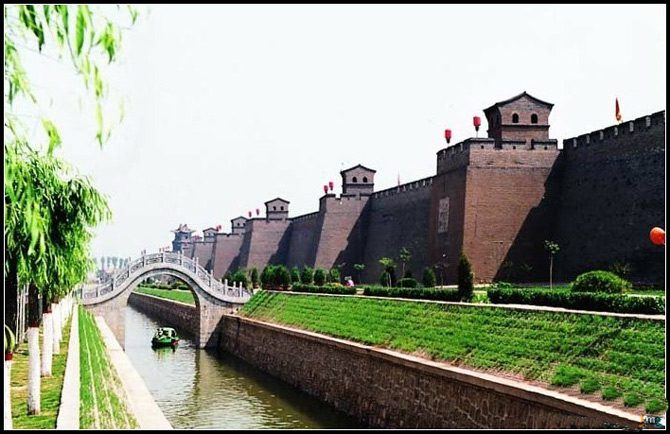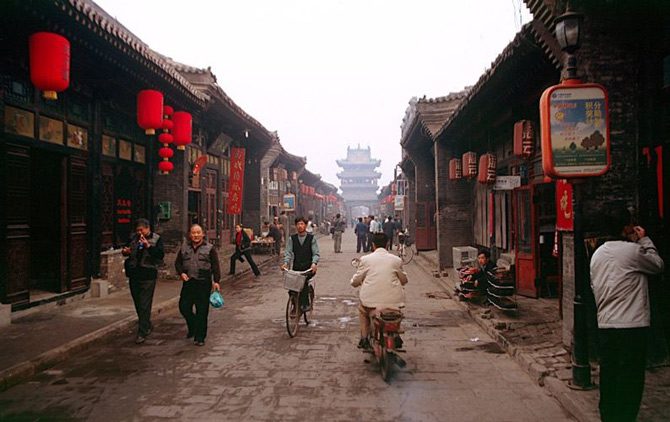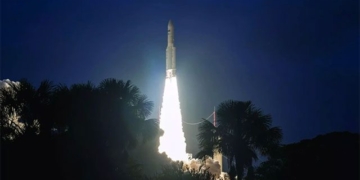The United Nations Educational, Scientific and Cultural Organization (UNESCO) recognized the Ancient City of Pingyao as a World Cultural Heritage Site in 1997.
Pingyao Ancient City – A World Cultural Heritage Site in China
Located in Shanxi Province in northern China, Pingyao Ancient City is the best-preserved ancient city in the country. It serves as a perfect reflection of the cultural, social, economic, and religious development throughout Chinese history.
Construction of Pingyao Ancient City began around the 9th century BC, covering an area of 2.25 square kilometers. The main architectural structures and layout as seen today were built more than 600 years ago. The city features intact constructions such as city walls, streets, shops, and temples, all of which embody the traditional cultural values of the Chinese nation over several millennia.

The city began construction around the 9th century BC, encompassing an area of 2.25 square kilometers. The primary architectural structures and layout as seen today were developed over 600 years ago.
Pingyao preserves a wealth of artifacts and architectural styles from the Ming and Qing dynasties (1368 – 1911). Initially constructed about 2800 years ago, the city started with rudimentary earth walls. By 1370, the earthen structure was repaired with bricks and has been continuously reinforced to this day. The city walls stretch over 6000 meters in length and reach a height of 12 meters. The external shape of the ancient city resembles that of a turtle, featuring six gates. Each of the four cardinal directions has one gate, with the western gate representing the turtle’s tail and being the lowest point, allowing water to drain out, thereby enhancing the city’s durability and symbolizing eternal persistence. Inside, the architecture is organized along a north-south axis, with broad streets and narrow alleys intersecting, creating a well-structured city layout with clear functions.
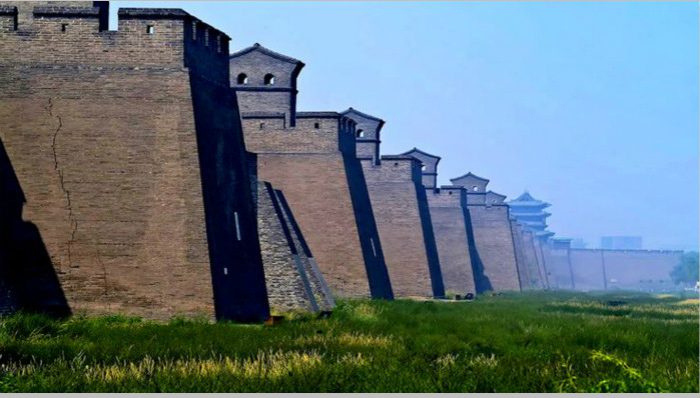
All residential architecture in Pingyao Ancient City consists of quadrangles built with gray bricks, featuring a clear axial symmetry in layout. Each enclosed courtyard has walls reaching seven to eight meters high. Notably, the residences have preserved the cave dwelling style characteristic of northwestern China with intricately carved wooden and brick decorations on windows and doors. Over four thousand homes still exist in Pingyao today, mostly built during the Ming and Qing dynasties, with over 400 being relatively well preserved. This area is currently the best-preserved cluster of ancient residential buildings among the Han ethnic group.
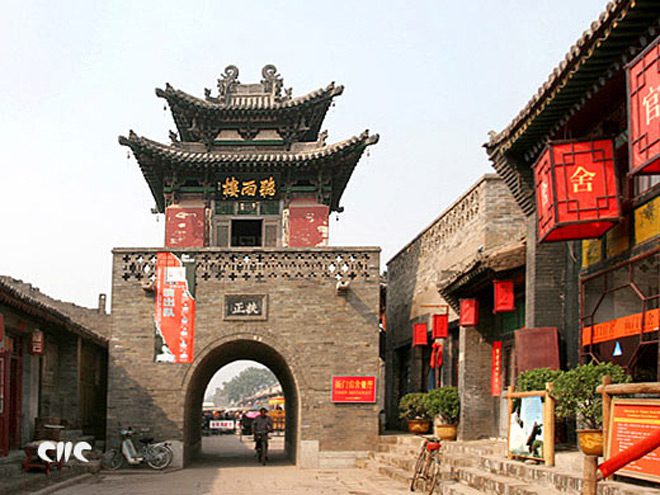
Within Pingyao Ancient City, there are six ancient temples, with surrounding areas featuring a row of shops topped with green and yellow glazed tiles. These ancient structures depict the bustling trade and commerce of China during the Ming and Qing dynasties. In addition, Pingyao retains numerous historical sites and artifacts, including the Wanfo Temple and the Zhen Guo Temple located in the northeast of the ancient city. Both temples were constructed with precious wood and are over 1000 years old. The colored statues within the temples date back to the 10th century, making them among the earliest colored statues in China. Furthermore, there are over 1000 ancient stone tablets scattered throughout Pingyao.
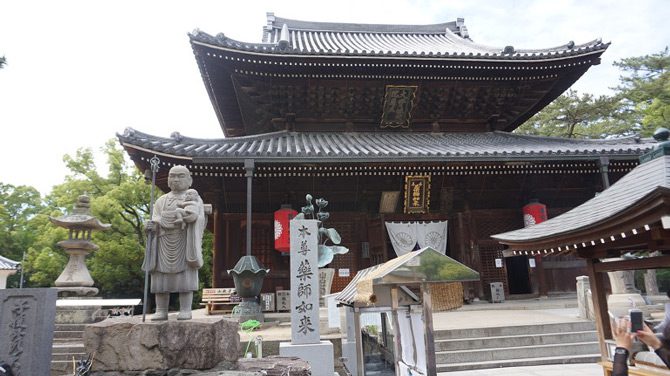
In the development of China’s monetary history, Pingyao Ancient City holds a special significance. In 1824, the first primitive bank in China, known as Rishengchang, emerged here, introducing a system of banknotes that replaced traditional cash payments. Rishengchang not only expanded throughout the country but also reached neighboring countries such as Japan, Singapore, and Russia. At its peak, Pingyao had 22 such banks, accounting for half of all banks in China at that time, making it the monetary center of the nation. The West Street in Pingyao today is the former banking district from over a century ago. Today, the street is still bustling with shops lining both sides, and the Rishengchang bank, though not towering in height, represents a modern aspect of the area.
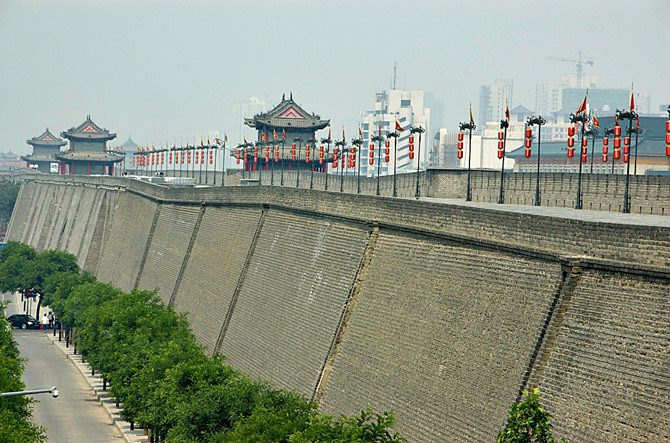
To this day, Pingyao Ancient City remains vibrant and alive. A series of city walls have separated Pingyao into two distinct worlds: inside and outside the city. The streets, shops, and residences within the city walls have retained their architecture from 600 years ago, while the area outside the walls is regarded as the “new city,” featuring newer buildings reflecting modern development.
